
Although humans have mined a significant amount of gold, most of the Earth's gold is actually not in the crust but in the core - Photo: AI
According to estimates by the US Geological Survey (USGS), to date humans have mined about 206,000 tons of gold from the Earth's crust. Most of this gold is used to make jewelry, the rest is stored in the form of gold bars, coins or held by central banks.
The World Gold Council puts the figure higher: about 238,000 tonnes of gold have been mined to date, equivalent to the volume of a 22-metre cube on each side. Of this, 45% is used for jewelry, 22% is in the form of investment gold (bars and coins), and 17% is held by central banks.
How much gold is left in the ground?
The USGS says there are still about 64,000 tonnes of gold in mines that can be economically mined. Russia, Australia and South Africa are the three countries with the largest untapped gold reserves in the world. However, China will be the country that mines and markets the most gold in 2024.
The World Gold Council distinguishes gold into two forms: reserves (the portion of gold that has been clearly identified and can be economically exploited) and resources (potential gold mines that have not been thoroughly evaluated for reserves and exploitability).
The organization estimates current global reserves at about 54,770 tons, of which unexploited resources are about 132,110 tons.
In total, if you include mined and mined gold, the world has between 251,000 and 271,000 tonnes of gold, according to sources from the USGS and the World Gold Council. However, this figure is still an estimate and can change.
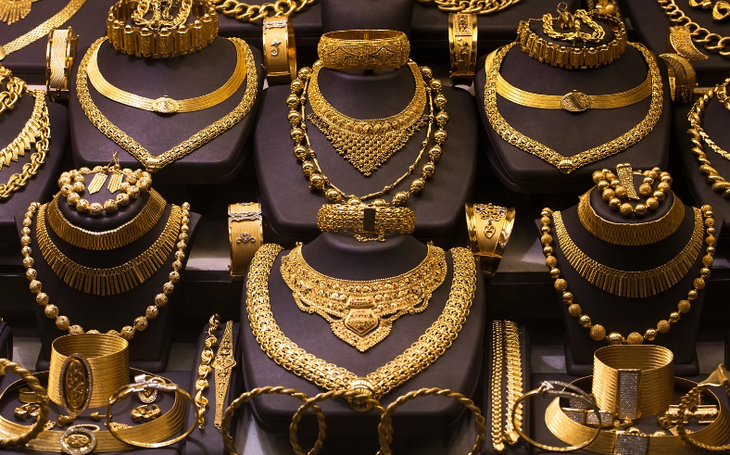
Gold is considered a precious metal not only because of its shiny appearance, but also because of its special properties: it does not oxidize, does not rust over time, is easy to craft and has high aesthetic value - Photo: AI
Most of the Earth's gold is located... deep in the core
Although humans have mined a significant amount of gold, the majority of the Earth’s gold is actually not in the crust, but in the core. According to scientists at the University of California, the average concentration of gold in the Earth’s crust is only about 4 parts per billion, or 0.004 grams per ton of rock. If all the gold in the Earth’s crust were collected, the estimated mass would be about 400 million tons.
But that figure is just the tip of the iceberg. Ninety-nine percent of the planet's gold is thought to be deep in the Earth's core, where it was pulled down along with iron and nickel by its high density during the liquid phase of the Earth's existence.
"About 99.5% of the Earth's mass formed when the planet was still molten and heavy elements like gold sank to the core," said geologist Chris Voisey (Monash University, Australia).
The remaining 0.5% comes from an event called the Late Heavy Bombardment, a period between 4.1 and 3.8 billion years ago when Earth was bombarded with meteorites. The gold from this event did not make it down to the core because the Earth had a solid crust, which is what created the gold mines we mine today.
Gold is considered a precious metal not only because of its shiny appearance, but also because of its special properties: it does not oxidize, does not rust over time, is easy to process and has high aesthetic value.
For thousands of years, ancient civilizations have used gold as jewelry, offerings, and symbols of power. Gold is also moderately rare, enough to have value, but not so rare that it cannot be used as a medium of exchange.
Due to its durability, ease of storage and wide acceptance, gold has been a "store of value" throughout the ages and plays an important role in the global monetary and financial system to this day.
One question is, can we accurately measure the amount of gold on Earth? The answer is no.
According to Mr. Voisey, because most of the gold is deep in the core and the rest is extremely unevenly distributed in the Earth's crust, it is difficult, if not impossible, to know exactly how much gold our planet possesses. Even the amount of gold that has not yet been discovered cannot be calculated with high accuracy.
Today, gold is mainly redistributed in the Earth's crust by natural geological processes, and is rarely replenished from space.
Source: https://tuoitre.vn/co-bao-nhieu-vang-tren-the-gioi-20250616212235146.htm



![[Photo] Prime Minister Pham Minh Chinh attends the patriotic emulation congress of the banking sector](/_next/image?url=https%3A%2F%2Fvphoto.vietnam.vn%2Fthumb%2F1200x675%2Fvietnam%2Fresource%2FIMAGE%2F2025%2F11%2F24%2F1763981997729_tt-nhnn-jpg.webp&w=3840&q=75)




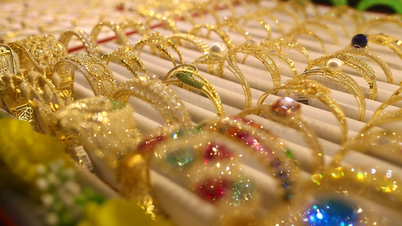

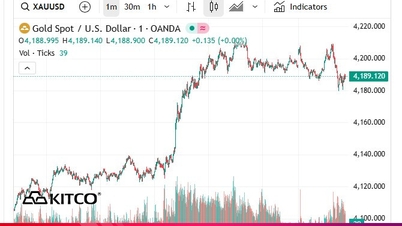







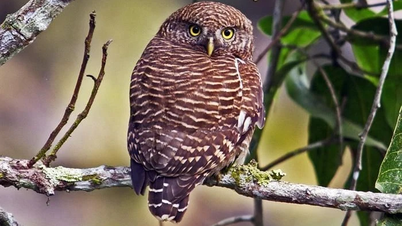


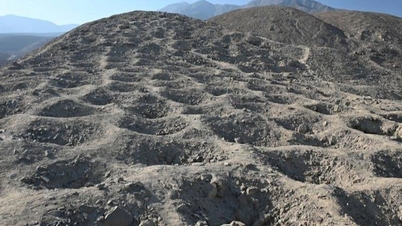



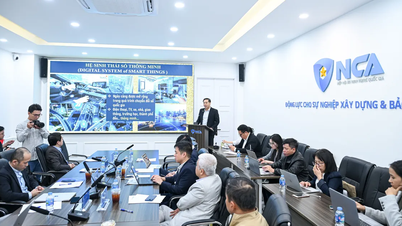


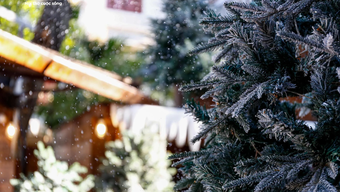

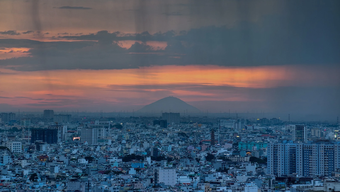


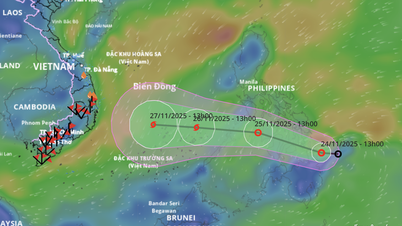




![[Photo] Next to the "mountain of trash" after the flood, Tuy Hoa residents strive to rebuild their lives](/_next/image?url=https%3A%2F%2Fvphoto.vietnam.vn%2Fthumb%2F1200x675%2Fvietnam%2Fresource%2FIMAGE%2F2025%2F11%2F24%2F1763951389752_image-1-jpg.webp&w=3840&q=75)





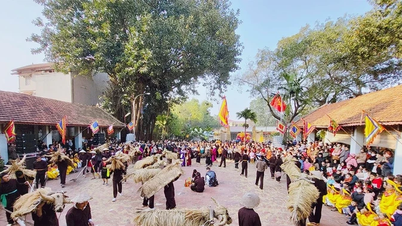

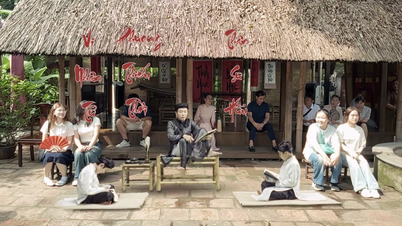

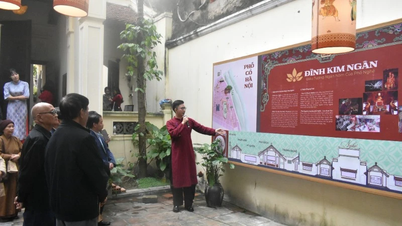

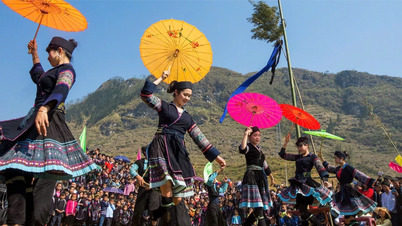









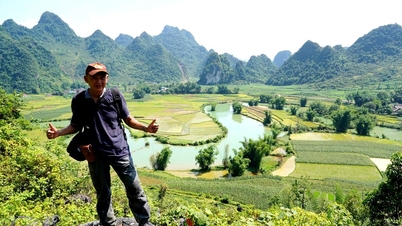

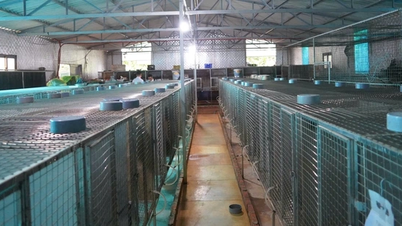

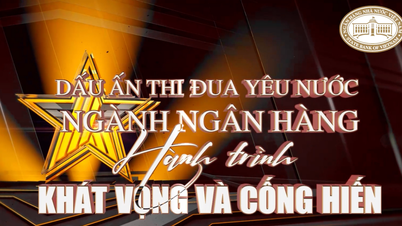

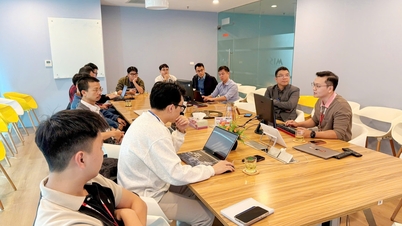

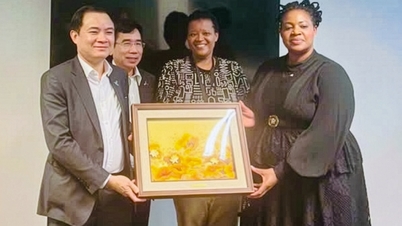
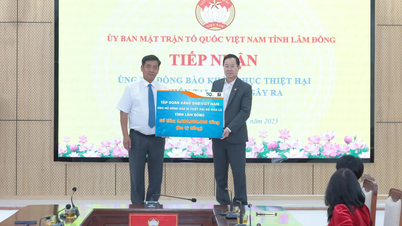
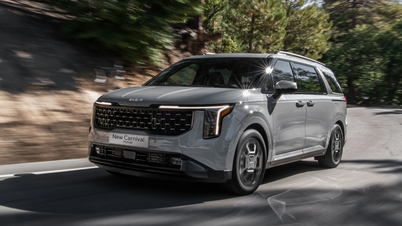
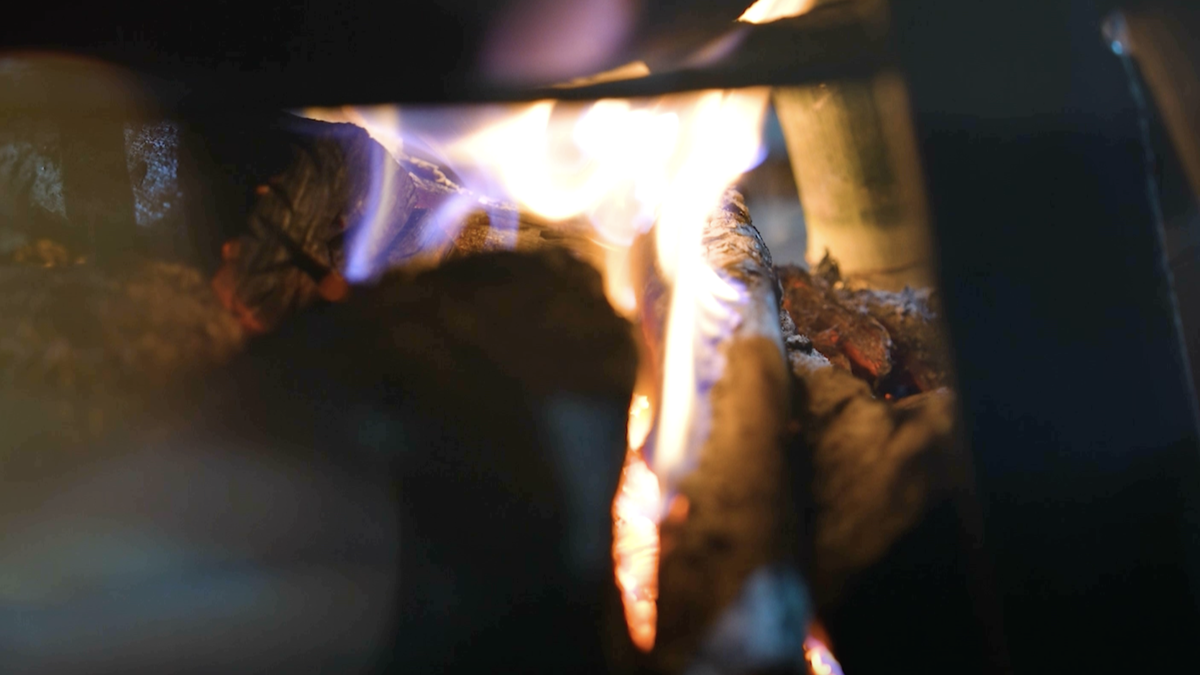

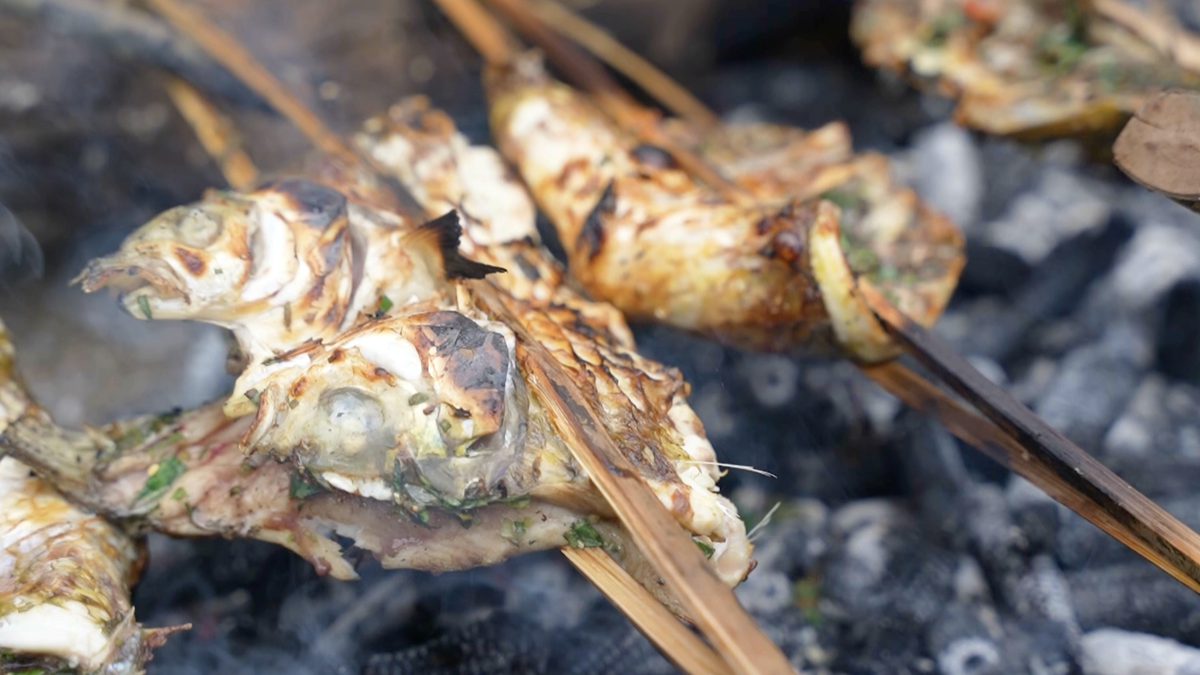
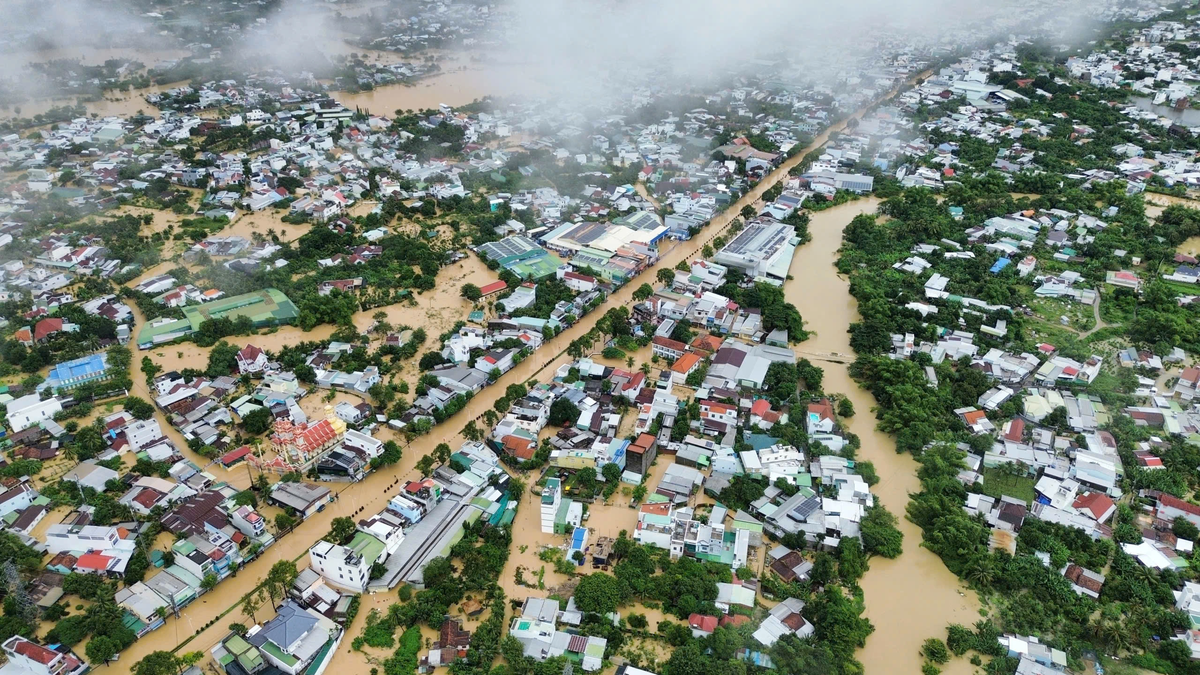
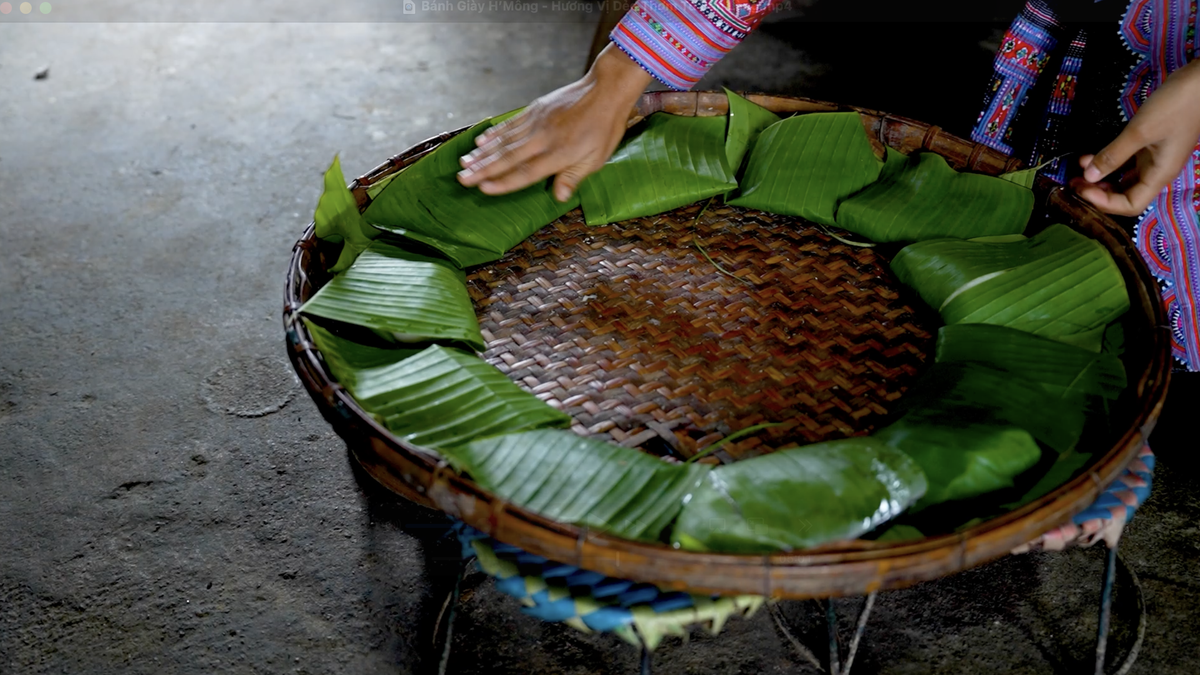



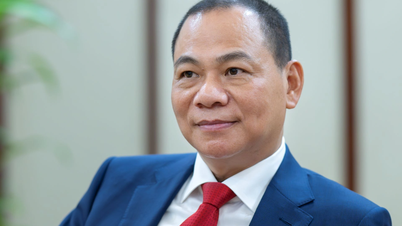
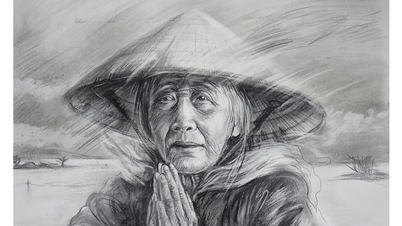



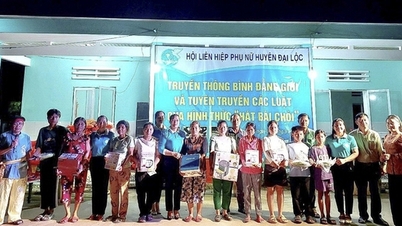
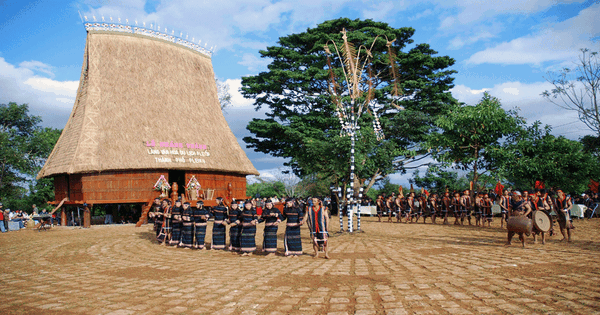









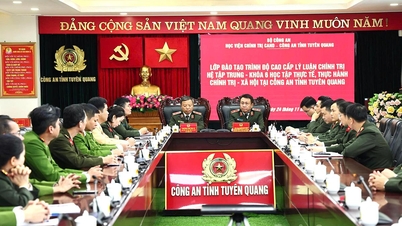




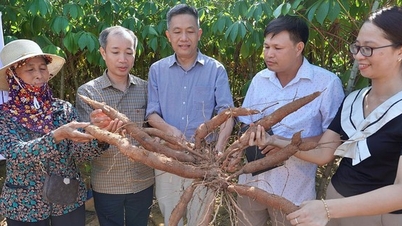


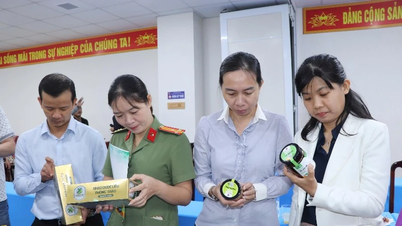


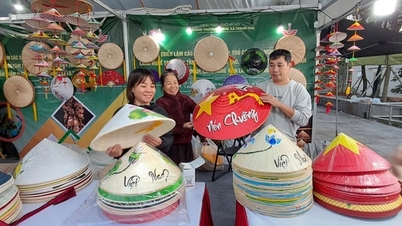
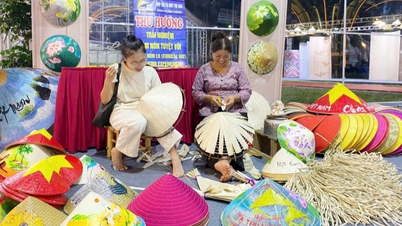





Comment (0)